|

|
|
|
|
about us |
|
|
see the beast |
|
|
our photo album |
|
|
explore tucson |
|
|
links |
|
|
email us |
|
|
sign our guest book |
|
|
home |
|
www.davidandcarol.com |
|
Our Magnificent Journey |
|
Chapter 13 |
|
2011 |
|
Greece, Turkey and Spain |
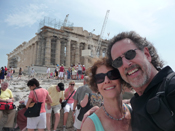 |
|
Woke at 6:30 am in order to catch the 8 am van to Kayseri airport, a forty-minute ride. Said sad but fond farewells to Mustafa, Cem and Mert. We all promised to stay in touch. |
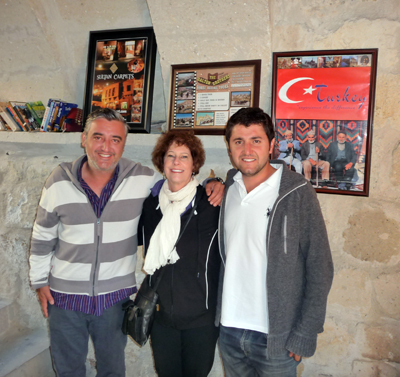 |
| The hour-long flight to Istanbul via Pegasus Airlines was pleasant. The skies over Turkey were clear and calm as we sped west. |
At the massive, bustling Istanbul airport we collected our bags and found ourselves on a van with a wonderful and interesting couple from South Africa – Salim and Aisha. Enjoyed visiting with them and we hope we see them again. |
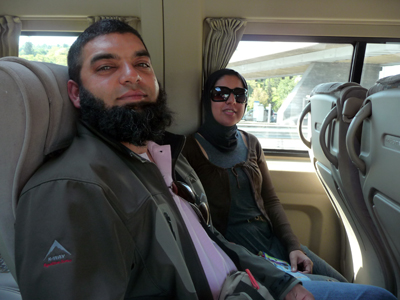 |
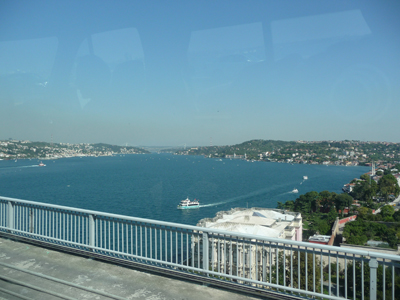 |
Checked into the Sirkeci Konak Hotel in Old Town Istanbul. It is quite warm and the streets are swarming with throngs of people. We arrived just as the noon call to prayer sang out from a nearby mosque. |
Settled into the comfortable room (great bathroom with a deep tub for Carol) then wandered out to explore this huge, ancient Gateway to the East. |
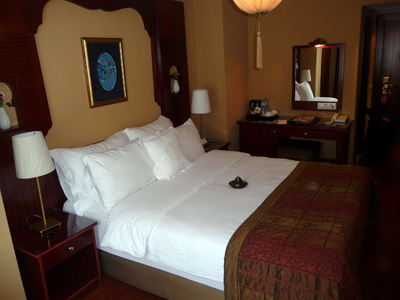 |
| First we walked a few blocks up to Hagia Sofia. Hagia Sophia (from the Greek: Ἁγία Σοφία, "Holy Wisdom"; Latin: Sancta Sophia or Sancta Sapientia; Turkish: Ayasofya) is a former Orthodox patriarchal basilica, later a mosque, and now a museum. From the date of its dedication in 360 until 1453, it served as the Greek Patriarchal cathedral of Constantinople, except between 1204 and 1261, when it was converted to a Roman Catholic cathedral under the Latin Empire. The building was a mosque from May 29,1453 until 1931, when it was secularized. It was opened as a museum on February 1,1935 and draws thousands of visitors a day. |
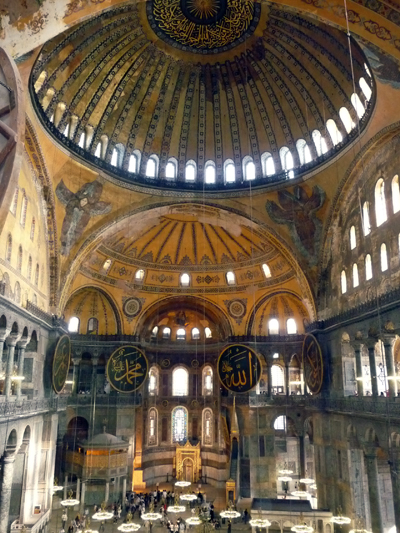 |
Famous in particular for its massive dome, it is considered the epitome of Byzantine architecture and is said to have "changed the history of architecture." It was the largest cathedral in the world for nearly a thousand years, until Seville Cathedral was completed in 1520. |
We then walked one block north and wandered through the underground Basilica Cistern, the largest of several hundred ancient cisterns that lie beneath the city of Istanbul. The cistern, located 500 feet southwest of Hagia Sophia on the historical peninsula of Sarayburnu, was built in the 6th century during the reign of Byzantine Emperor Justinian I. The cistern provided a water filtration system for the Great Palace of Constantinople and other buildings on the First Hill, and continued to provide water to the Topkapi Palace after the Ottoman conquest in 1453 and into modern times. |
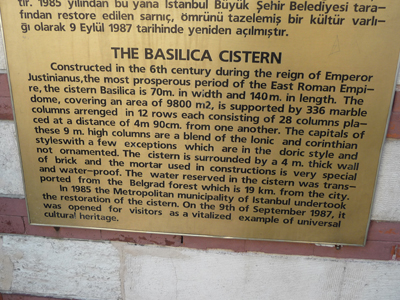 |
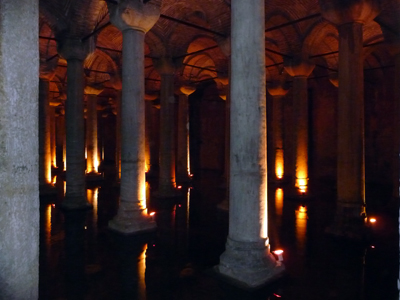 |
The cathedral-size cistern is an underground chamber approximately 453 ft. by 212 ft. - about 105,000 sq. ft. in area - capable of holding 2,800,000 cu. ft. of water. The ceiling is supported by a forest of 336 marble columns, each 30 ft. high, arranged in 12 rows of 28 columns each spaced 16 ft. apart. The cistern has the capacity to store 100,000 tons of water, despite being virtually empty today with only a few feet of water lining the bottom. |
We e xited the cool underground Cistern and strolled down to the Bosphorus and found ourselves amidst thousands of people out enjoying a delightful Sunday evening, walking, talking, fishing from the Galata Bridge, eating at one of the many fish restaurants under the bridge, or sitting and watching the many boats in the Bosphorus. |
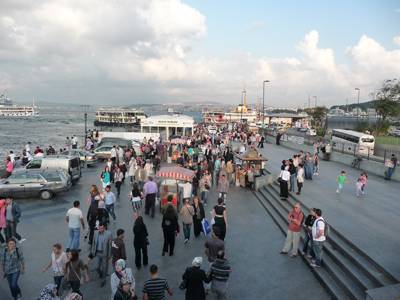 |
The Bosphorus (or Bosporus,) also known as the Istanbul Strait, is a strait that forms part of the boundary between Europe and Asia. It—along with the Dardanelles—is one of two straits in Turkey. The world's narrowest strait used for international navigation, it connects the Black Sea with the Sea of Marmara (which is connected by the Dardanelles to the Aegean Sea, and thereby to the Mediterranean Sea.) |
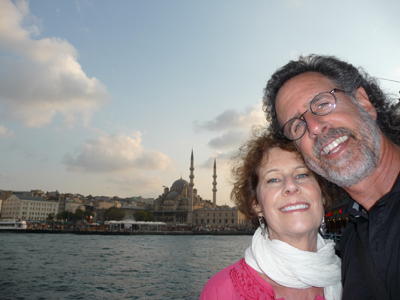 |
At 6 pm we slowly wandered back to the hotel, window-shopping along the way among spice shops, fruit shops, lamp shops, candy shops, carpet shops, leather shops and countless others. |
At 7 pm we sat in the hotel's fish restaurant and enjoyed a tasty dinner of cold fish mezze, octopus salad, sea bass and sea bream, accompanied by a semi-sweet Turkish white wine. Creamy carmelized halva and peaches finished the meal and we visited with fellow Yanks Mike, Mark and Sue, who have just finished a 12-day cruise of the Greek islands. |
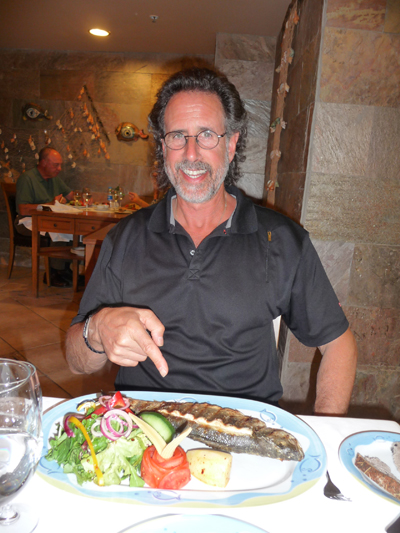 |
We were exhausted and sated, so at 10 pm we called it a day, soaked in the tub and fell into bed dreaming of sultans and harems. |
| Previous Day |
copyright 1998 / david
and carol lehrman / all rights reserved |
email david@davidandcarol.com |